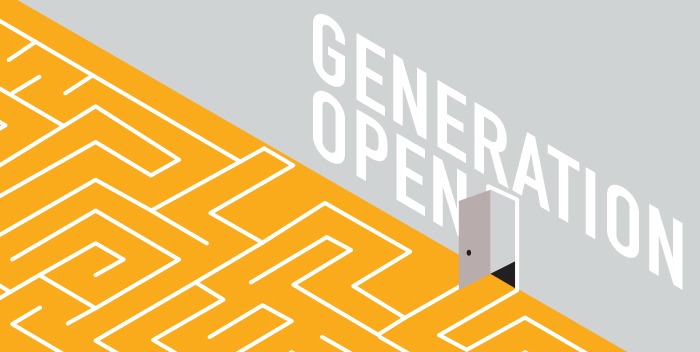
Open Access Week 2014
 Imagine being able to read any academic publication you like, at no cost to you. Today this isn’t possible. Traditionally, most academic publications, such as peer-reviewed research articles, have not been freely available to anyone who wants to read them. Access to most scholarly journals is too expensive for individual readers. This leaves institutions such as libraries to grapple with subscription costs, which range up to thousands of dollars per year per journal. Meanwhile, citizens without connections to large research libraries have become familiar with paywalls
Imagine being able to read any academic publication you like, at no cost to you. Today this isn’t possible. Traditionally, most academic publications, such as peer-reviewed research articles, have not been freely available to anyone who wants to read them. Access to most scholarly journals is too expensive for individual readers. This leaves institutions such as libraries to grapple with subscription costs, which range up to thousands of dollars per year per journal. Meanwhile, citizens without connections to large research libraries have become familiar with paywalls
There’s already a useful expression for an alternative: Open Access. Open Access is free, unrestricted, online access to scholarly work such as publications and data. Its roots lie in two areas: in technological changes making information-sharing easier and more participatory than ever, and in sociopolitical changes inspiring increasing demand for public access to the results of research.
The movement to make scholarly work freely and openly available is celebrated each year with Open Access Week, which this year marks its eighth year of global awareness-raising.
This year, the University of Alberta’s Open Access Week events feature a very special highlight: an exhibition of nine design installations from the students of Design 493, taught by Judy Armstrong and Gillian Harvey and coordinated by Bonnie Sadler Takach.
In a rapid prototyping session on the first day of class (as fellow librarian Denise Koufogiannakis and I looked on in wonder), DES 493 students began wrestling with the idea of Open Access. Specifically, they considered what it means to be “Generation Open.”
Students’ first challenge was to translate their impressions, interpretations, and analyses into striking visual concepts. This resulted in a range of compelling visual identity proposals and a difficult choice for Denise and me. We decided to put Michael Parillas’s excellent maze proposal into production. We were intrigued by Michael’s geometric concept, which implies movement and narrative with an open door.
Next, students faced an even more significant challenge: to take their Generation Open concepts from proposal to reality, and actually build their installations.
And build they did. Walk through Rutherford Galleria today and you’ll encounter nine provocative, interactive metaphors, from mirror to anamorph, from string art to Discovery-Channel-style predatory carnage. Each installation invites you to consider where academic publications come from, how you get your hands on them, and the barriers and freedoms that influence your experience of information.
“Generation Open” runs until October 31 in the Rutherford Library. Students will make presentations about their work at 7:30 pm on Thursday, October 23. Free; all welcome.
Michael Parillas’ SUTV ad, showing across campus during Open Access Week 2014.
![]() Previous articleWriting, Publishing, and Media Transformation in 2014Next article
Previous articleWriting, Publishing, and Media Transformation in 2014Next article![]() Moira Buffini’s contributions to feminist satire
Moira Buffini’s contributions to feminist satire


